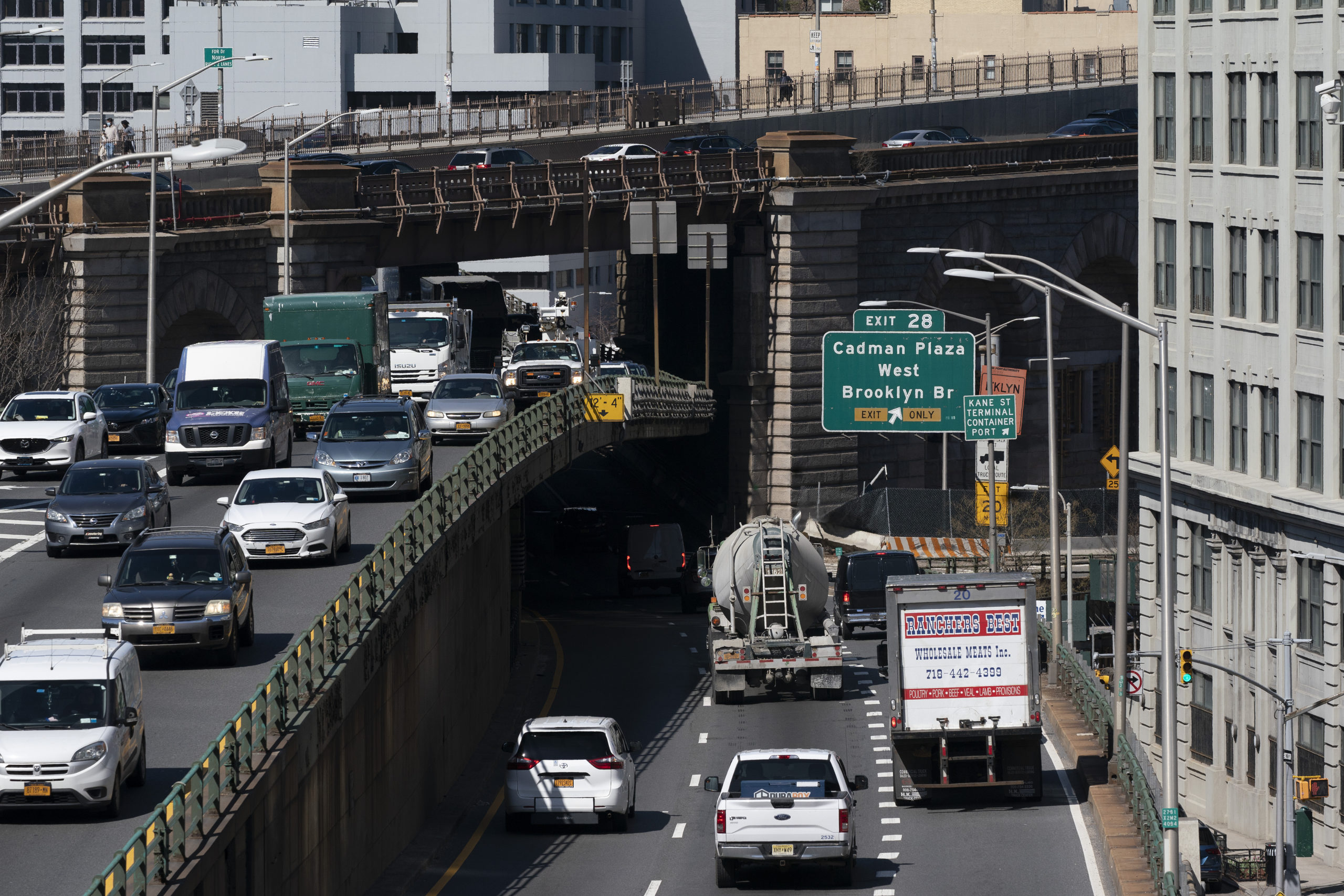21st Century BQE: Mayor, DOT bring in stakeholders for oversight
Series of 'Engagement Meetings' will begin September 28

SEE LINKS BELOW FOR DETAILS
Mayor Eric Adams and NYC Department of Transportation Commissioner Ydanis Rodriguez on Friday released a schedule for a community outreach process that they said will inform the city’s “once-in-a-generation opportunity” to redesign sections of the crumbling Brooklyn-Queens Expressway (BQE). The meetings will kick off September 28. (Full schedule below.)
Related Article: Traffic nightmares on local streets: BQE plans released

Brooklyn Boro
View MoreNew York City’s most populous borough, Brooklyn, is home to nearly 2.6 million residents. If Brooklyn were an independent city it would be the fourth largest city in the United States. While Brooklyn has become the epitome of ‘cool and hip’ in recent years, for those that were born here, raised families here and improved communities over the years, Brooklyn has never been ‘uncool’.